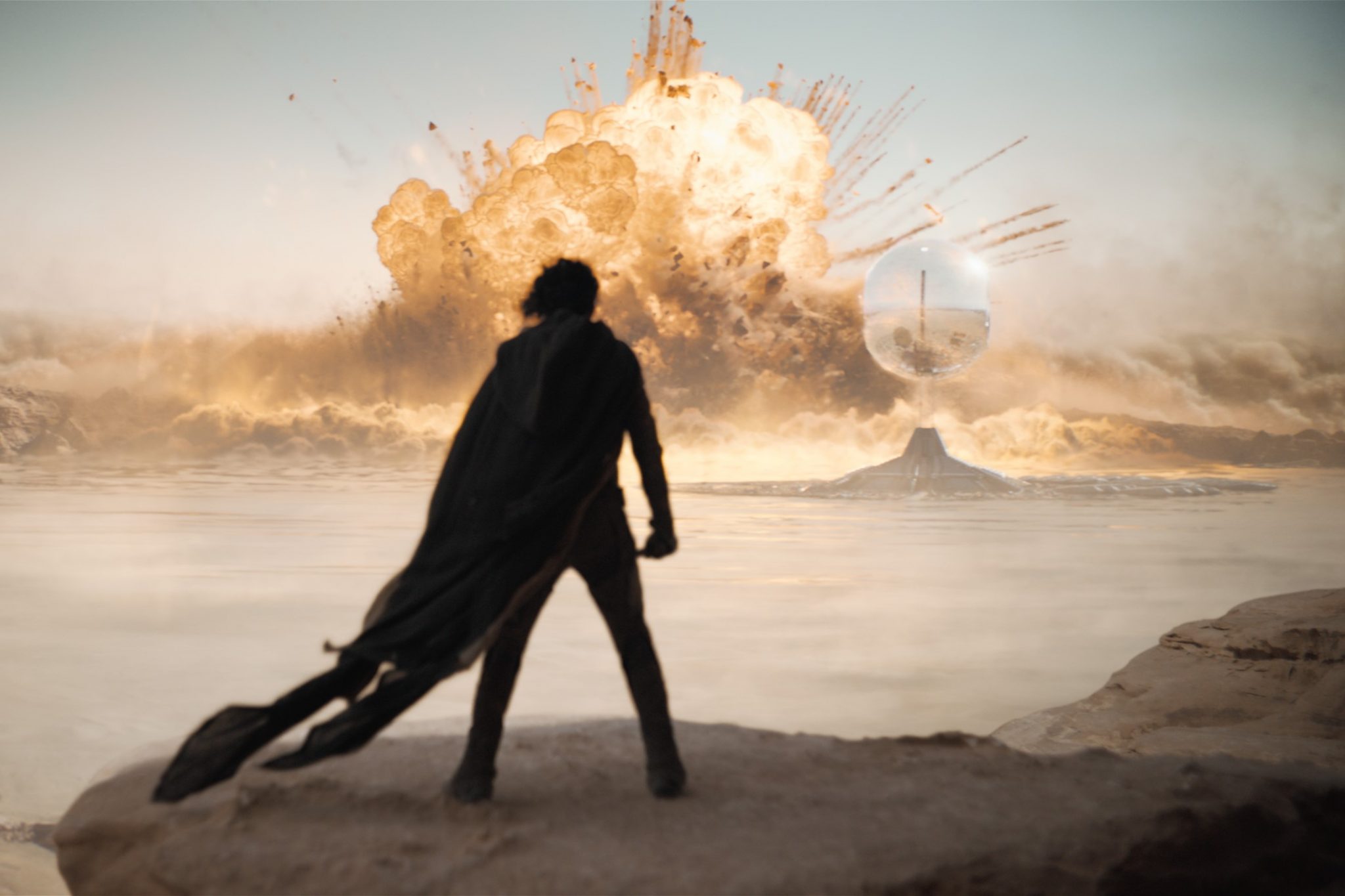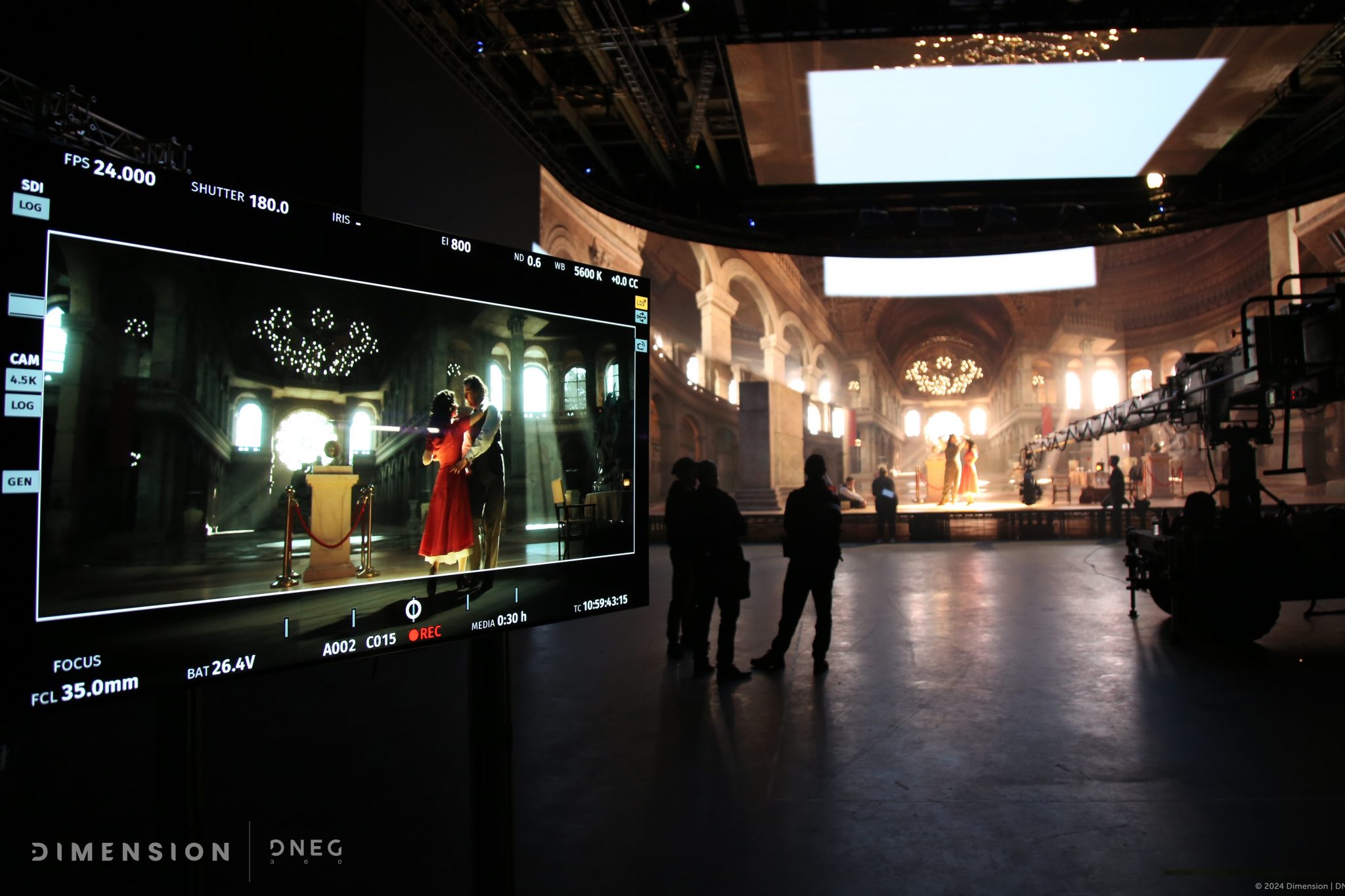DNEG VFX Supervisor David Lee takes us through the studio’s work on the thrilling science fiction action sequel to The Meg.
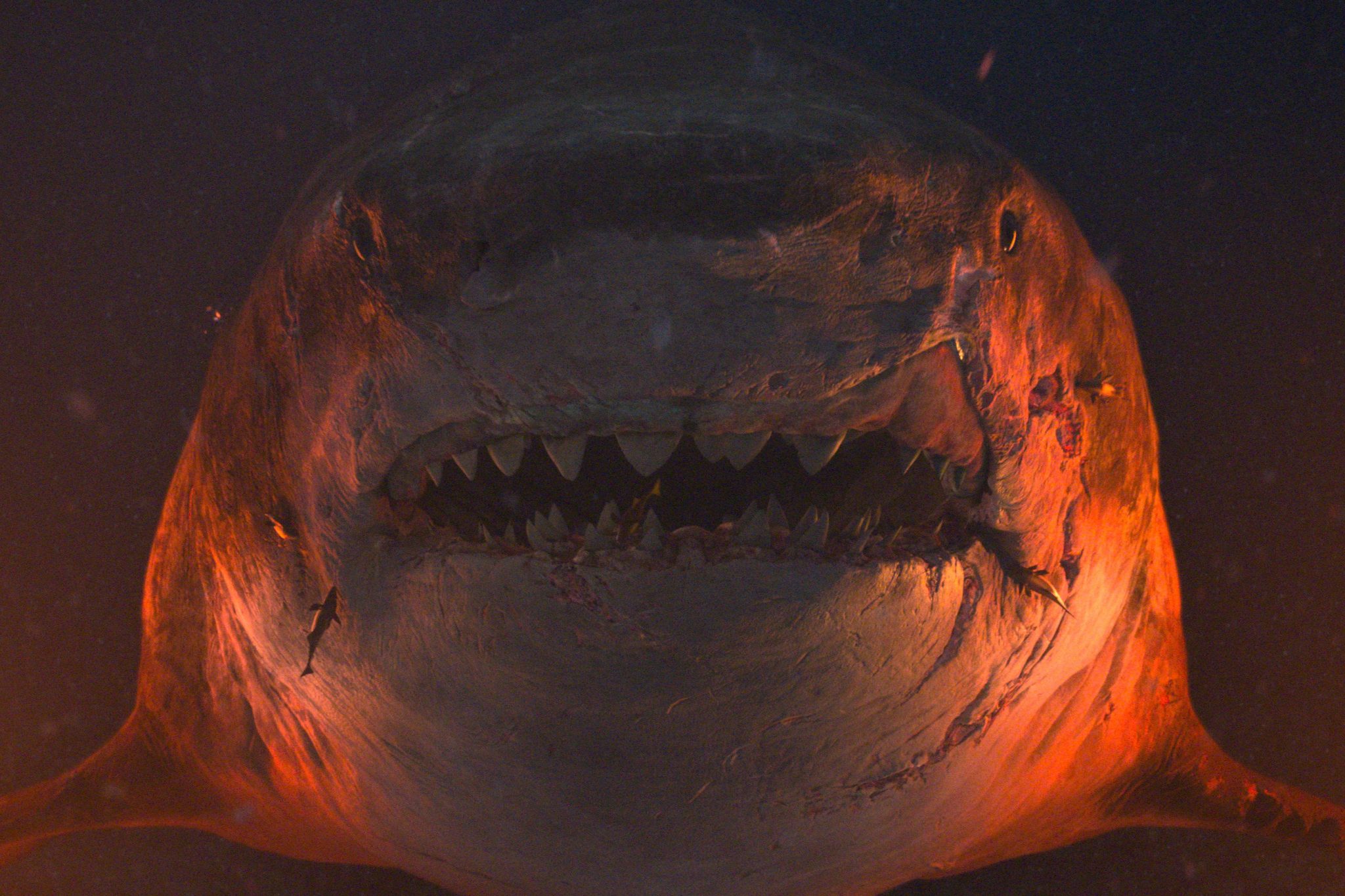
What scenes were DNEG responsible for? How many shots did you complete and how did you achieve them?
DNEG was the lead VFX partner on Meg 2: The Trench delivering 732 VFX shots. We were also responsible for developing the hero creature assets – the three Megs, the snappers and a variety of other assets that populated the vast underwater environment. The majority of our work was set 20,000 metres below the ocean surface.
We did some early tests using a Dry for Wet process alongside Production VFX supervisor Pete Bebb. Dry for Wet is a technique used for when you shoot outside of water, and then make it look underwater in post-production. We were able to avoid the complexities that came with shooting in a tank and allowed for a much faster, and flexible approach. This also allowed the actors to focus on their performance, which can be a real challenge when performing underwater.
By overcranking the camera to 32-36 FPS (depending on how frantic the action was), we were able to give a very similar visual feel to the resistance one experiences underwater when trying to perform. Tighter dialogue shots were shot at the standard 24 FPS to avoid problems with audio syncing.
For the submarine interior work, a full size interior was built on a gimbal that had a full range of movement, enabling the actors inside to be thrown about accordingly when diving, or evading our enormous Megalodon friends. These were built with large glass windows that could be removed within minutes, allowing us to capture reflections of the cast and interior when inside the submarines. Once removed when outside, we could digitally insert the glass and add the correct environment reflections in post-production.
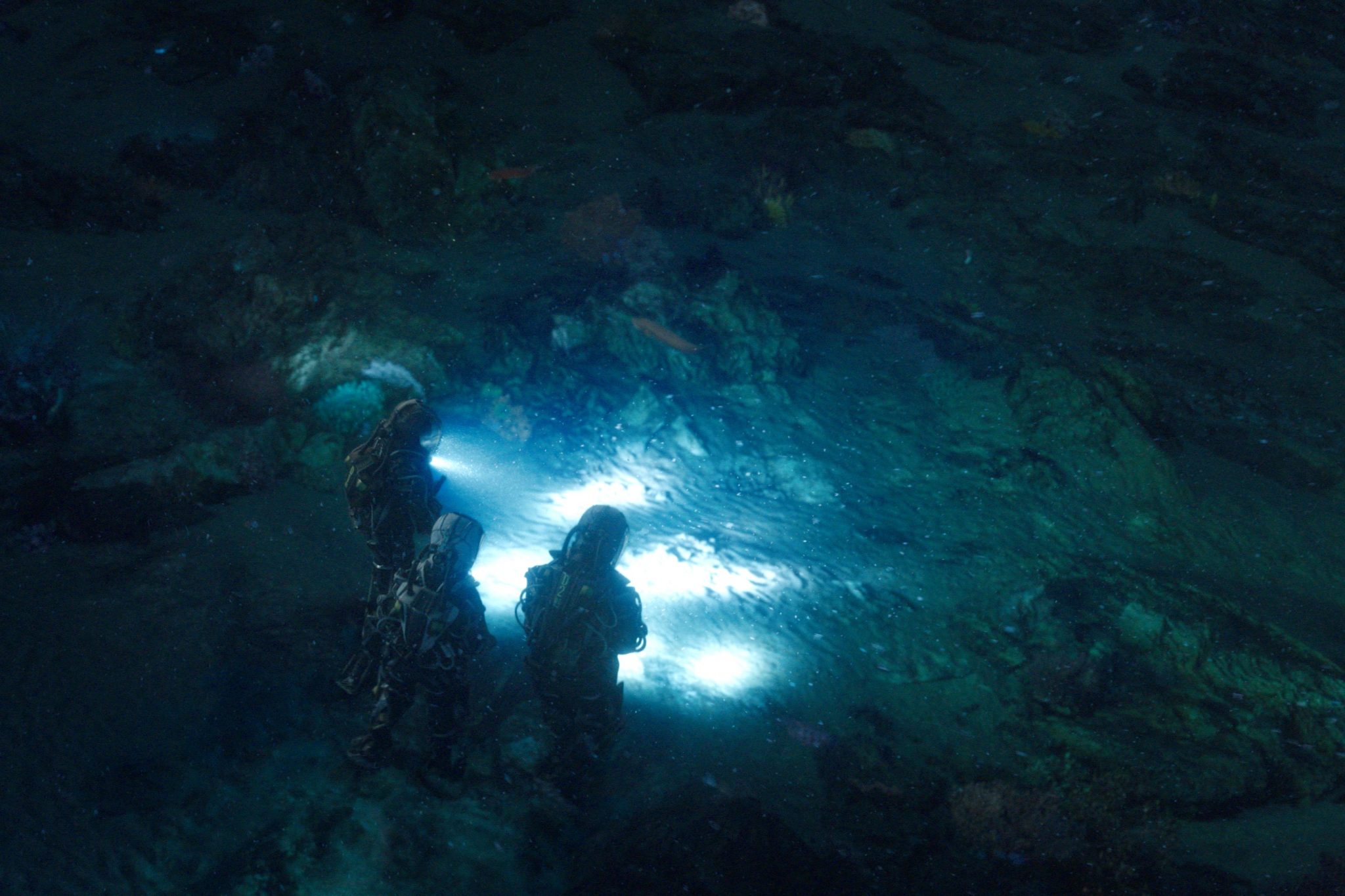
What was the biggest challenge of the process? What was the most difficult VFX sequence in this project?
We definitely benefited from the characters being in dive suits, which eliminated the need to have cloth and hair interact with the water. The main challenge was creating the environments and striking a balance between the need for the audience to follow the narrative and a naturalistic approach to the visuals. When at that level underwater, it is essentially pitch black beyond the first few feet of their submarine and suit lights.
This was of particular importance in the sequence where our characters are trying to fight against a hoard of snappers while running for the safety of the underwater station. The speed of the cut and fast pace meant each shot had to be very clear when distinguishing the characters.
We had developed a visual language based on the real world references, which we would use as the base of our design. Then, bit by bit, we started adding environment structures which allowed us to motivate the underwater lighting for a clear read on the action. This could be from either direct lighting, off screen lights hitting our characters or by lighting up areas in the background, which would allow us to play with silhouettes in the foreground. We could then look at pulling everything back so we always maintained narrative clarity, but without breaking the reality of the environment. It was a tough balance to get, but we managed to pull it off.
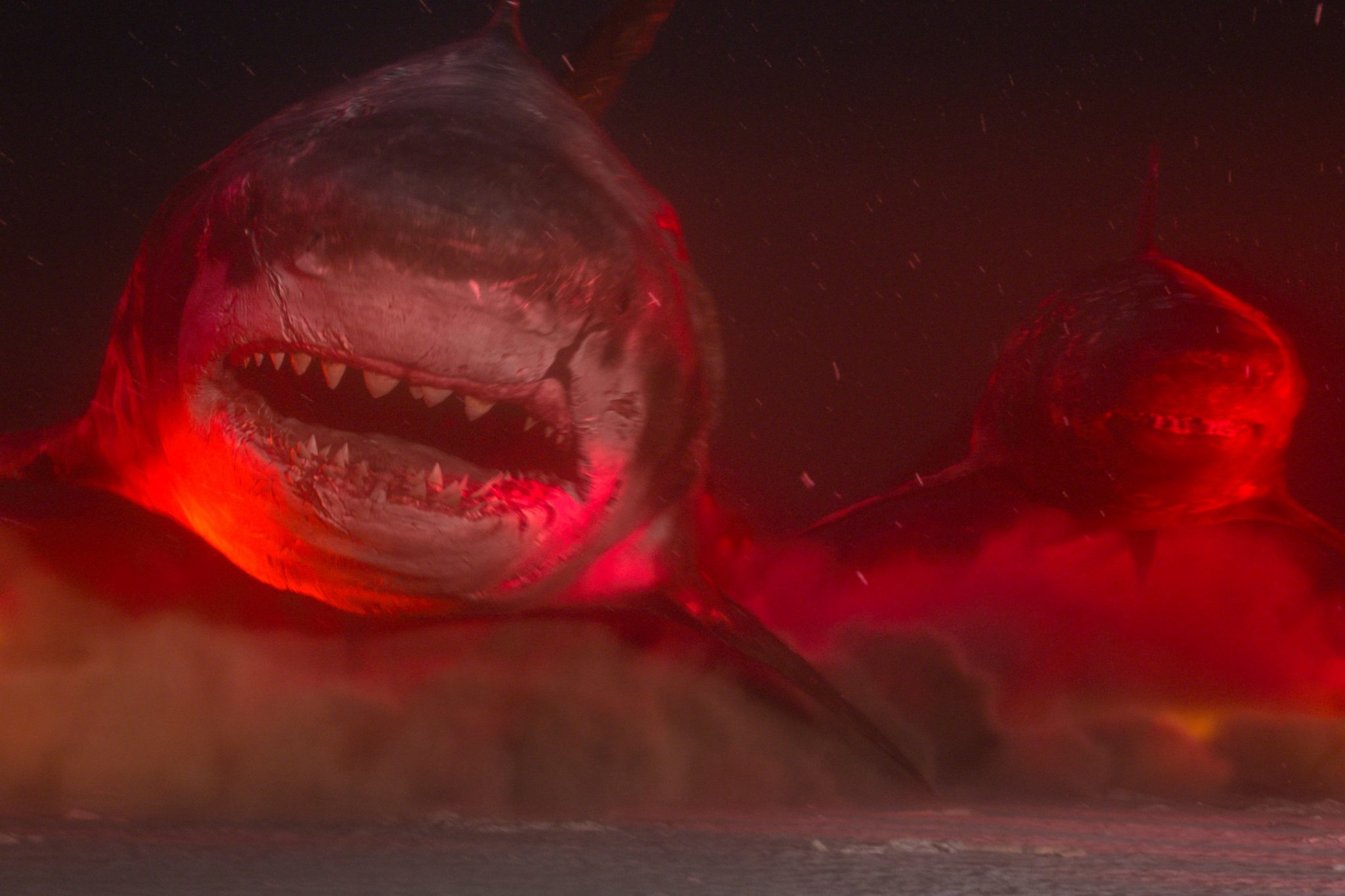
Were there any particular pieces of instruction that stood out to you when achieving the VFX style?
Bigger and scarier! Coming from a horror background, Director Ben Wheatley loved the opportunity to play for the scare. We had a number of jump scares in our work that were really fun to play around with and to then see the audience reactions was very satisfying. In general, there was always an emphasis to lean into making the Megs as frightening and intimidating as possible whenever we see them. Take reality as the base, and then shape it around the creative brief to make it as impactful as we could.
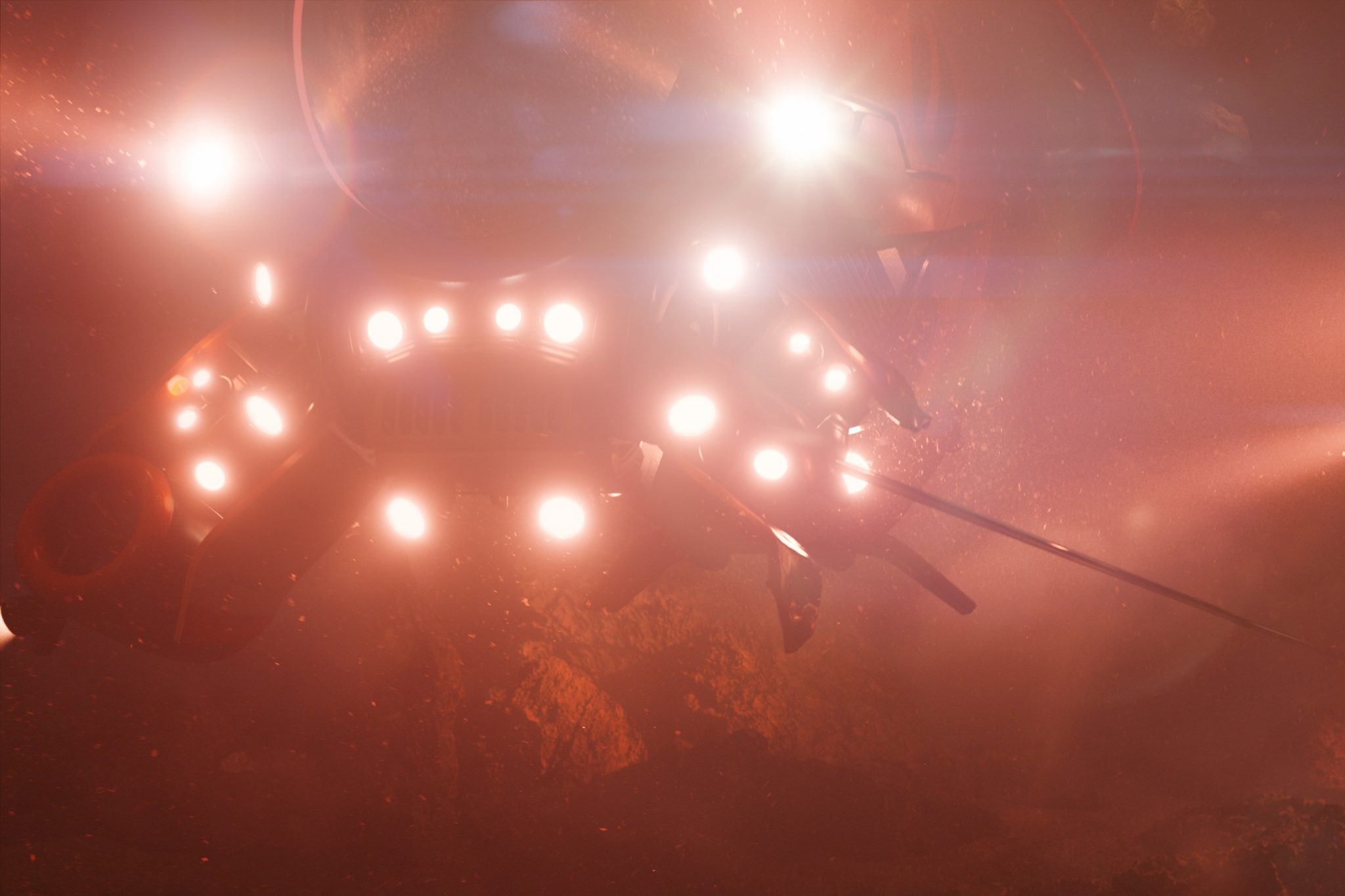
Were there any other visual inspirations for the project?
We watched days of deep sea exploration footage and it was a great excuse to re-watch many of the old classic films, such as The Abyss, plus many more recent examples. Blue Planet was the gold standard for references. There were also Titanic exploration documentaries and the amazing footage that the Nautilus expedition had captured over their dives.
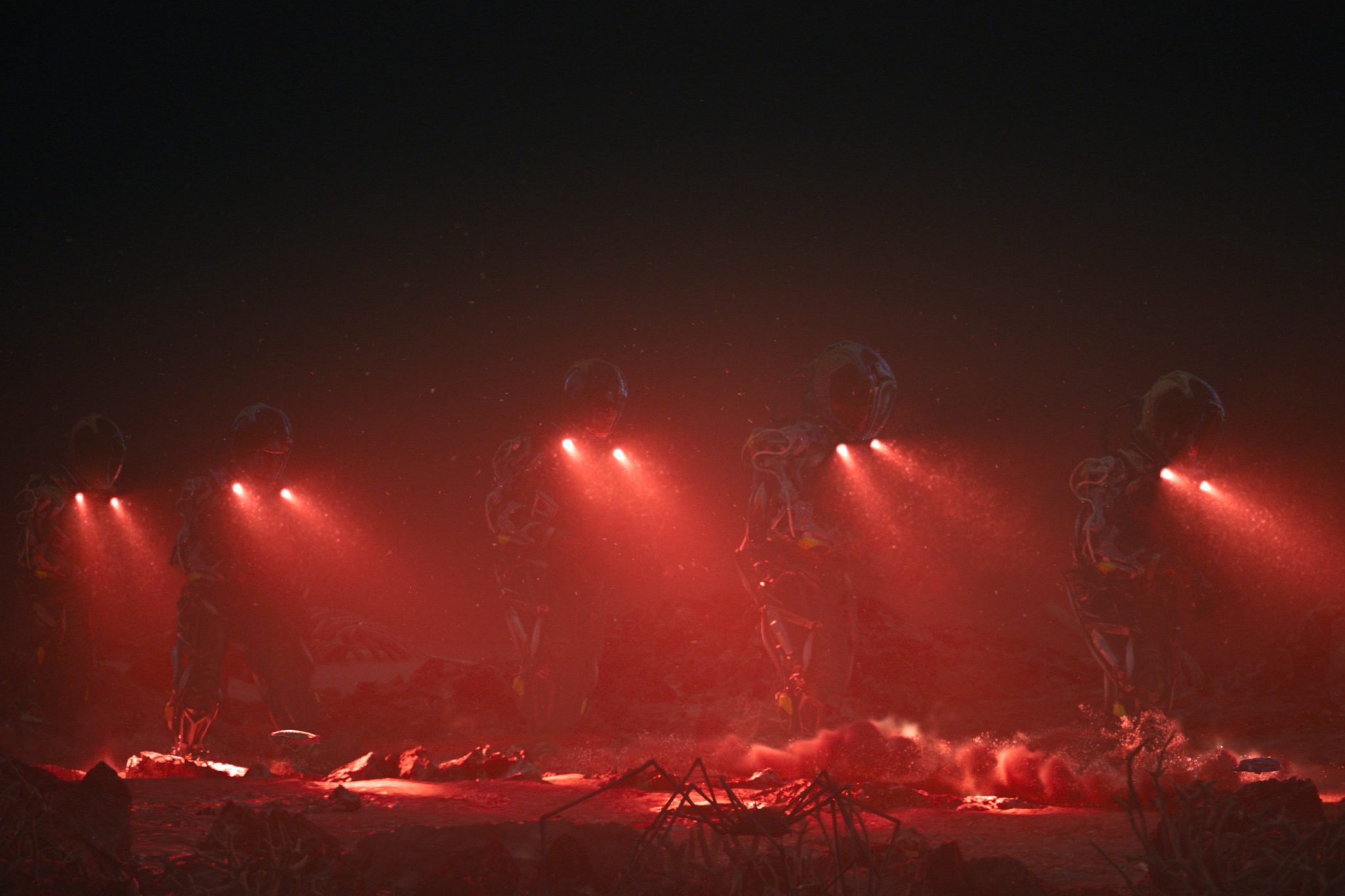
How did your approach differ from other DNEG projects you’ve worked on?
Being what was in reality a full CG show with what were essentially elements shot for the actors, meant that we required a very methodical approach to shot progression. By making sure that every stage was signed off by the client and director, we could reduce the number of changes in departments upstream.
Any changes a few departments back in the schedule could have a very large impact on when that shot would be seen again, due to the large number of dependents which would need to be re-worked and re-rendered. This then allowed us to iterate more, which allowed more bites of the apple, so to speak.
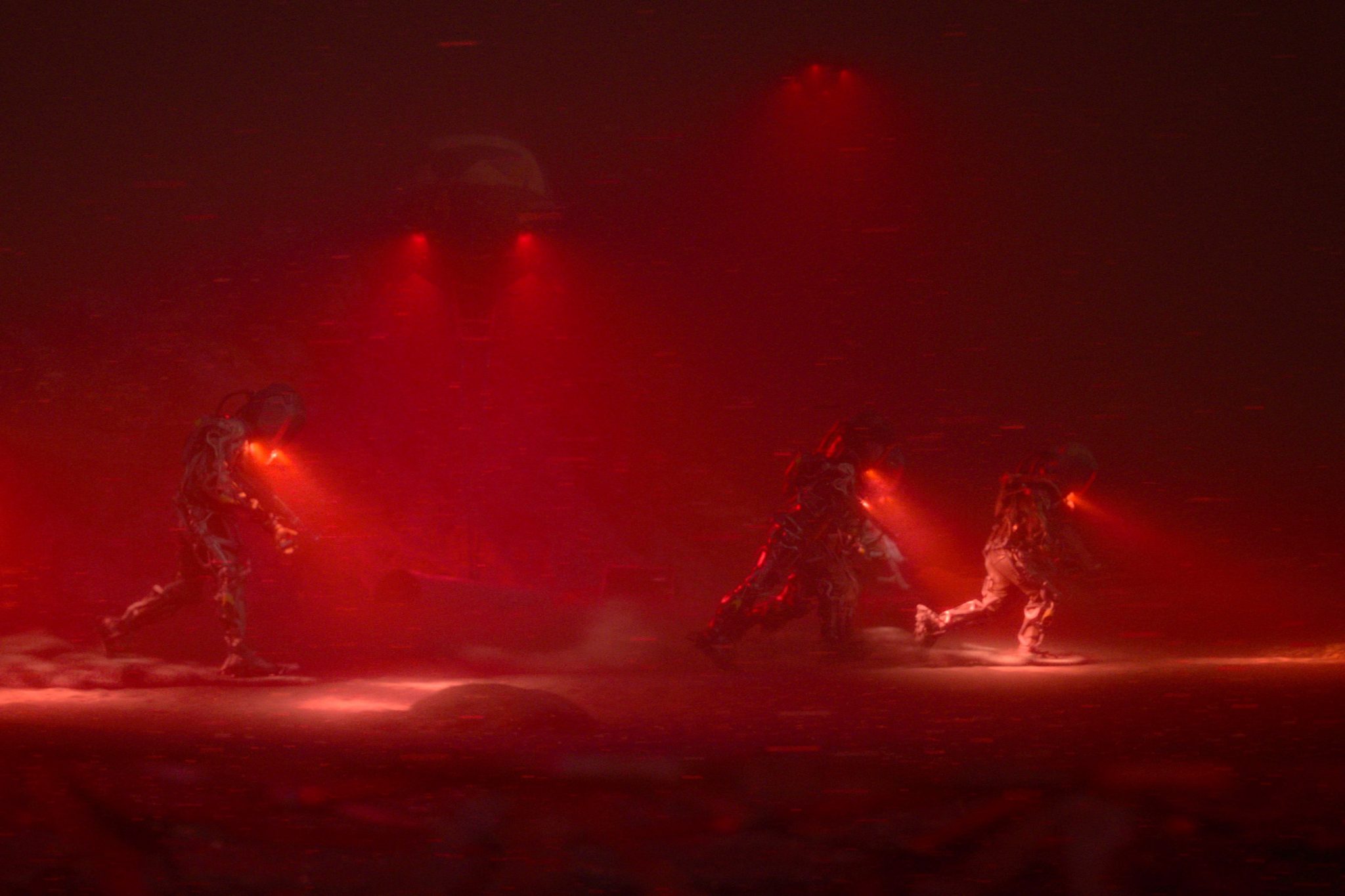
What is your favourite piece of VFX in this project?
Working with dinosaurs and prehistoric creatures was always something of a boyhood dream, so being involved in a project like this was always going to guarantee a lot of fun while developing and bringing these creatures to life. Personally, one of my favourite pieces was a shot of the group walking along the seafloor with their lights on. As an individual shot, it was fairly simple, comparatively speaking, when placed against massive shots of destruction and creatures but it was one of the first we were developing where all the various departments came together to evoke a real feeling of mood and claustrophobia. It was a very satisfying moment.





